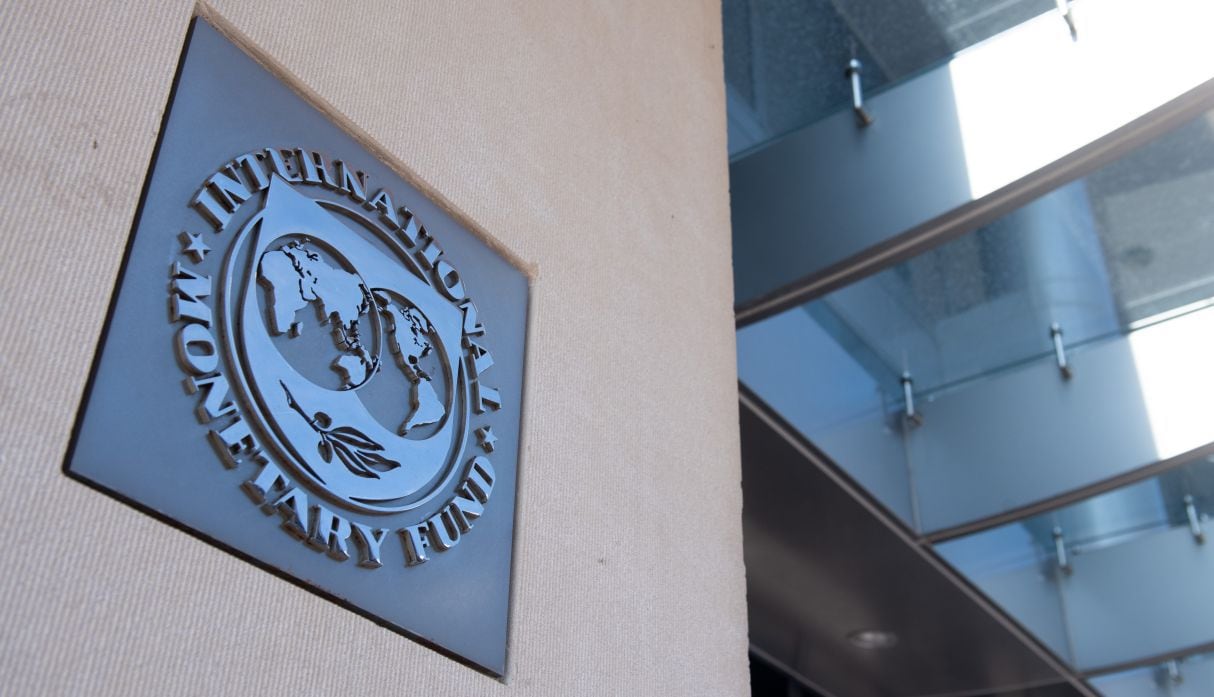
World debt reached a record level of US $ 226 trillion last year, equivalent to 256% of the planet’s GDP, as a result of the pandemic, the International Monetary Fund announced on Wednesday.
The rise thus stands at 28% in one year, the highest since the Second World War.
“Credits assumed by governments accounted for slightly more than half of this increase“, Reaching a record (99% of world GDP), while”private debt of non-financial corporations and households also reached new highs”, Detailed Vitor Gaspar and Paulo Medas, responsible for budget affairs at the IMF, and Roberto Perrelli, economist at the IMF, in a blog article.
Government debt is responsible for 40% of this total liability in the world, “the highest part since the mid-1960s″, Detail the authors of the article.
The accumulation of this public debt is the direct consequence of two major economic crises: the 2008 global financial crisis and the coronavirus pandemic.
In 2020 “the sharp increase in debt was justified by the need to protect people’s lives, preserve jobs and avoid a wave of bankruptcies”, Highlighted the specialists. “Had governments not acted, the social and economic consequences would have been devastating”, They conclude.
But they also observe that this level of indebtedness amplifies vulnerabilities, in a context that is expected to be less favorable in the future, with increases in interest rates in a context of strong inflation.
“High levels of indebtedness limit, in most cases, the ability of governments to sustain the recovery and the ability of the private sector to invest in the medium term”, Adds the Fund.
.
Ricardo is a renowned author and journalist, known for his exceptional writing on top-news stories. He currently works as a writer at the 247 News Agency, where he is known for his ability to deliver breaking news and insightful analysis on the most pressing issues of the day.












